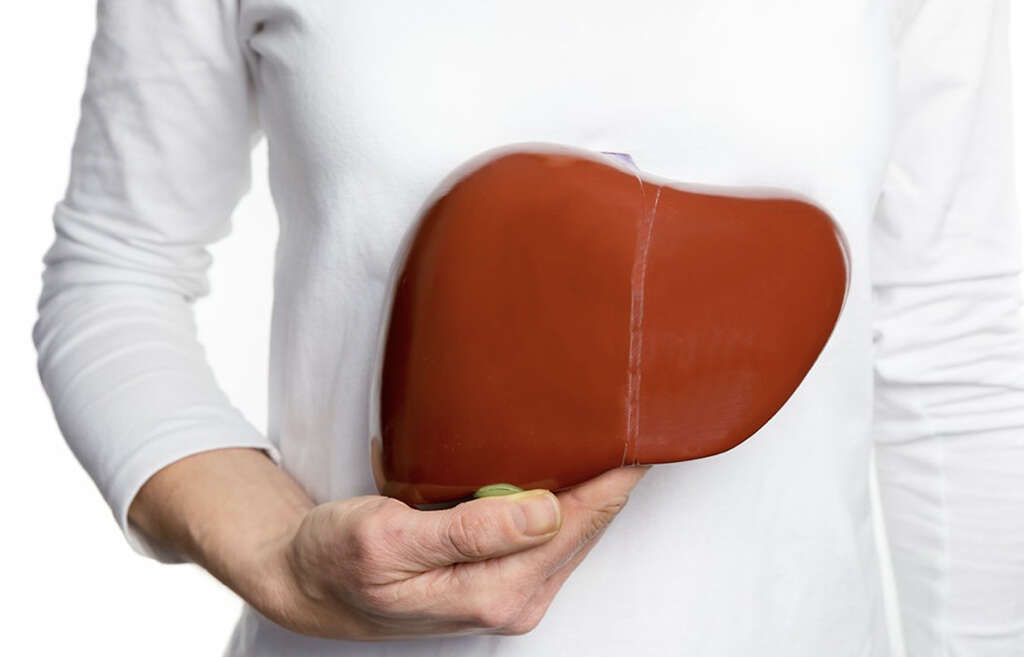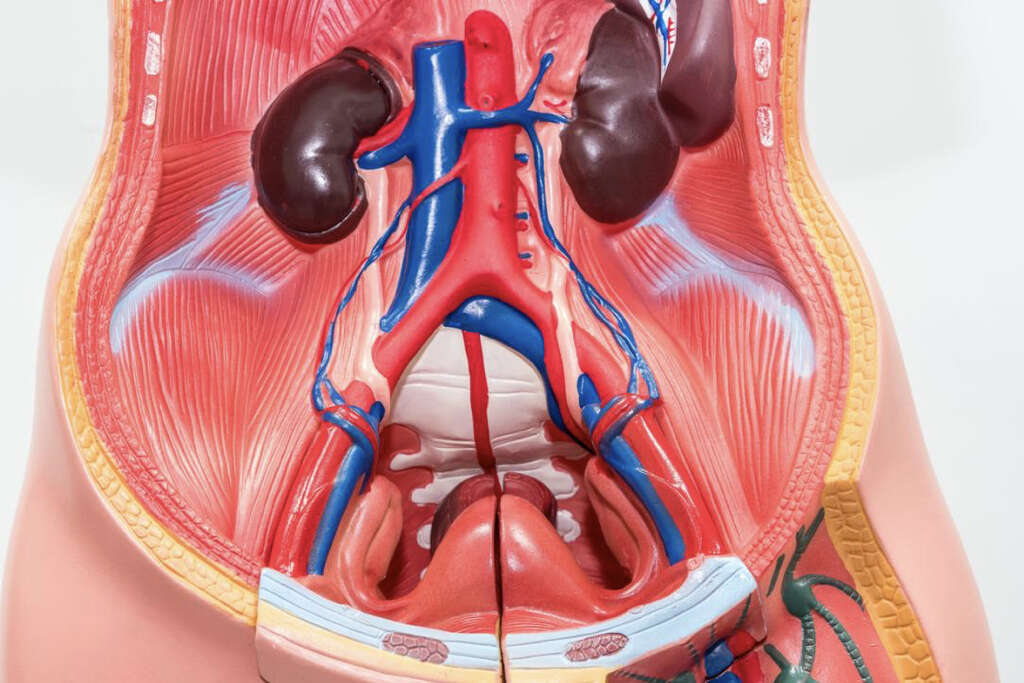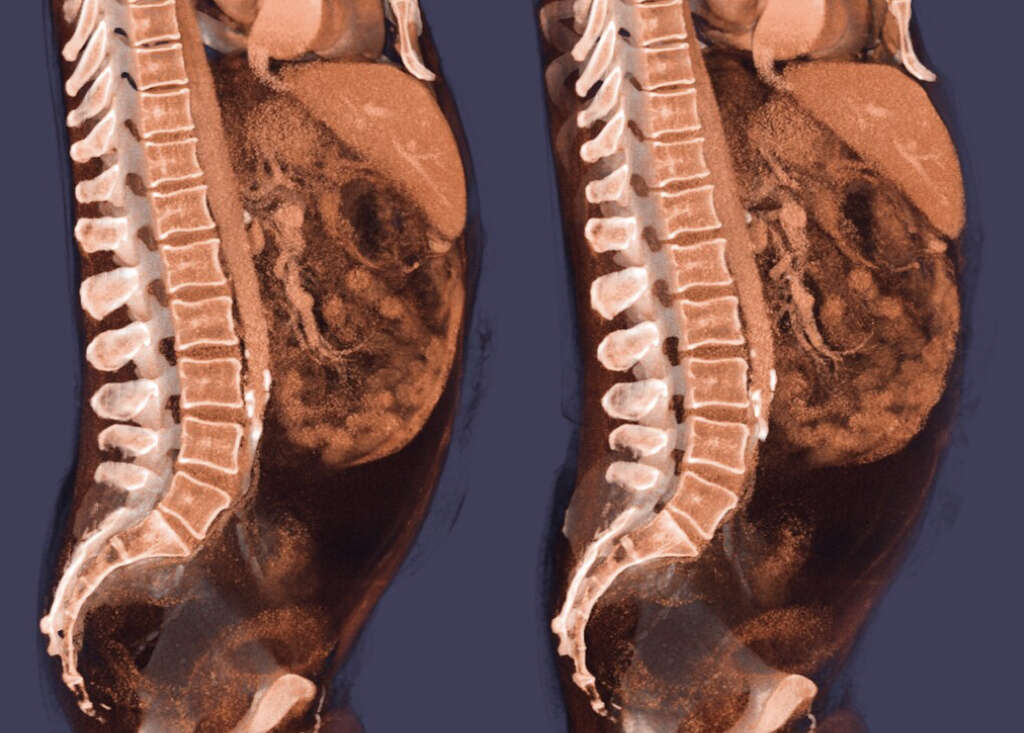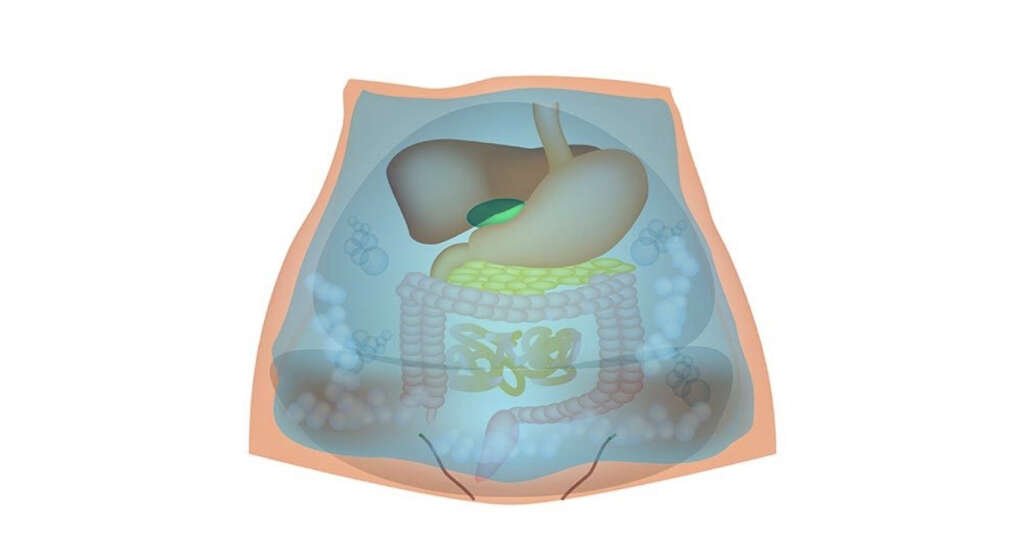What Is Ascites?
The term “ascites” is of Greek origin and can be translated to mean “sac” or “bag.” This term is used to describe an abnormal collection of fluid in the abdominal cavity. Normally, men have little to no fluid in their peritoneal cavity while women can have as much as 20 ml depending on their menstrual cycle.
Some experts define ascites as having more than 25 ml of fluid in the peritoneal cavity. In developed countries, the most common cause of ascites is due to liver cirrhosis. However, ascites can also occur due to tuberculosis, cancer, pancreatitis, heart failure, blockage of the hepatic vein, and more. This article will focus on ascites associated with cirrhosis.

1. Mechanism
The fluid accumulates due to excess sodium and water in the body. However, the cause of this imbalance is unclear. It is postulated that it may be due to portal hypertension (75% of cases), and inflammatory, infiltrative, and infective conditions. Three theories have been suggested: overflow, underfilling, and peripheral arterial vasodilation. In the overflow theory, the kidneys are thought to retain abnormal amounts of water and sodium. In the underfilling theory, it is suggested that fluid sequestration lowers the blood volume. This then results in water and sodium retention. In the peripheral arterial vasodilation theory, it is suggested that portal hypertension causes dilation of the blood vessels, which causes the blood pressure to drop. The body compensates by retaining more sodium and water, which causes fluid overflow into the peritoneal cavity.

2. What Is Portal Hypertension?
Portal hypertension occurs when there is high blood pressure in the portal vein and its branches. These vessels drain from the intestine into the liver. Portal hypertension most commonly occurs due to liver cirrhosis. Individuals with portal hypertension may experience ascites, abdominal tenderness or pain, increased spleen size, presence of veins on the abdomen (caput medusae), and more.
Besides liver cirrhosis, portal hypertension can also occur due to viral hepatitis, schistosomiasis, chronic pancreatitis, fatty liver disease, and right-sided heart failure. An ultrasound can be used to view the portal vein. Diagnosis is achieved when a dilated portal vein is seen. The gold standard for assessing the severity of portal hypertension is through the hepatic venous pressure gradient measurement.

3. What Is Liver Cirrhosis?
Liver cirrhosis or hepatic cirrhosis is a condition where there is long-term damage of the liver, which impairs its function. In this condition, scar tissue replaces normal liver tissue. It is a slow progressing condition that takes months or years to develop. There are no symptoms in the early stages of the disease. As it worsens, patients may experience swelling in the lower limbs, tiredness, itchiness (pruritus), yellowing of the skin (jaundice), ascites, easy bruising, and the appearance of spider-like blood vessels on the skin.
It is most commonly caused by excessive chronic alcohol consumption. Other causes include hepatitis C, hepatitis B, and nonalcoholic fatty liver disease. In 2015, it was estimated to affect 2.8 million individuals resulting in 1.3 million deaths.

4. Signs and Symptoms
Individuals with ascites often state that they noticed a recent increase in the size of their abdomen. In severe cases, the abdomen can be very distended. Due to the increasing size, there is also more pressure and abdominal heaviness. Breathlessness may also occur especially if the abdomen is distended enough to put pressure on the diaphragm.
Other associated symptoms include swelling of the lower limbs, easy bruising, vomiting blood (hematemesis), gynecomastia (enlargement of the breasts in male patients), and mental changes (which implies encephalopathy). Ascites patients due to cancer may complain of weight loss, chronic fatigue, and appetite loss.

5. Causes of Ascites
As briefly mentioned, cirrhosis accounts for most of the cases of ascites. Most cirrhosis cases are caused by alcohol consumption with other causes including viral hepatitis and fatty liver disease.
Ascites can also occur due to heart failure, constrictive pericarditis, cancer, Kwashiorkor (a type of malnutrition), Budd-Chiari disease, pancreatitis, tuberculosis, nephrotic syndrome, serositis, hereditary angioedema, and more. Rare causes of ascites are mastocytosis, hypothyroidism, renal dialysis, Meigs syndrome, vasculitis, abdominal tuberculosis, and peritoneum mesothelioma.

6. Laboratory Tests
In patients who have a new onset of ascites, the main goal is to find out the underlying cause of the ascites. A sample of the peritoneal fluid can be obtained through paracentesis. It is then sent for tests to find out the albumin level, cell count, total protein, cytology, Gram stain, and culture.
A gross inspection of the fluid based on the color and consistency can help doctors narrow down the underlying cause. Blood tinged (pink) fluid may indicate trauma or malignancy. If cloudy, there may be an infection. An inflammatory condition can cause high white blood cell count. The culture of the peritoneal fluid helps detect the bacteria in ascitic fluid. Cytology is used to detect malignancy. Ascitic amylase cultures can be useful for those suspected of pancreatitis while mycobacterial cultures can be performed for those with suspected tuberculosis.

7. Medical Imaging and Procedures
In an X-ray, the elevation of the diaphragm means that the ascites is severe. A real-time ultrasound is the most sensitive technique to detect the presence of ascitic fluid. This method can visualize volumes as small as 5 to 10 ml. Some ultrasound findings can also help determine if it could be an infection, malignancy, or inflammatory cause.
A computed tomography (CT) scan can demonstrate ascites well. It can be useful to detect malignant causes of ascites especially if there are masses/growths arising from the pancreas, gut, or ovary. In unexplained cases, a laparoscopy (minimally invasive surgical procedure) can be valuable, especially in cases where malignancy is suspected.

8. Treatment and Management
The treatment and management of the patient depends on the underlying cause of the ascites. Generally, the patient will have a sodium restriction to decrease the amount of fluid retained in the body. Diuretics can be beneficial to reduce the amount of fluid in the body. For rapid relief of the symptoms, therapeutic paracentesis (abdominal tapping) can be valuable.
Albumin or electrolyte supplements may be given. An automated pump or transjugular intrahepatic portosystemic shunt (TIPS) can be effective for those with refractory ascites (if applicable to the underlying cause). Consultation with a hepatologist or gastrointestinal specialist should be considered. A nutritionist may be required to counsel the patient regarding sodium restriction.

9. Complications
Ascites can cause many complications such as spontaneous bacterial peritonitis (a bacterial infection of the ascitic fluid in the peritoneum), thrombosis, and hepatorenal syndrome (deterioration of the renal function and liver failure). In spontaneous bacterial peritonitis, 30% of patients go on to develop deterioration of the kidneys. Patients often experience fever, nausea, vomiting, altered mental state, abdominal pain, and tenderness.
Thrombosis can affect the splenic vein or portal vein. Clotting occurs and can result in portal hypertension, which causes a reduction in blood flow. These complications have a high mortality rate. Hepatorenal syndrome is usually fatal unless a liver transplant is performed. Progression of hepatorenal syndrome can be prevented with dialysis.

10. Prognosis and Patient Education
The prognosis of patients with ascites depends on the underlying cause of the ascites. It also depends on the reversibility of the condition and how they respond to treatment. In cases of cirrhotic ascites, the 3-year mortality rate is estimated to be about 50%. If ascites keeps reoccurring (refractory), the patient has a poor likelihood of survival where the 1-year survival rate is less than 50%.
In most cases of liver failure, the prognosis is dismal. Patients should be made aware of the potential complications, signs and symptoms to look out for, and the likelihood of fatality associated with it. Despite therapy, abdominal pain and distension are common issues and patients should realize the importance of seeking medical attention as soon as possible.











